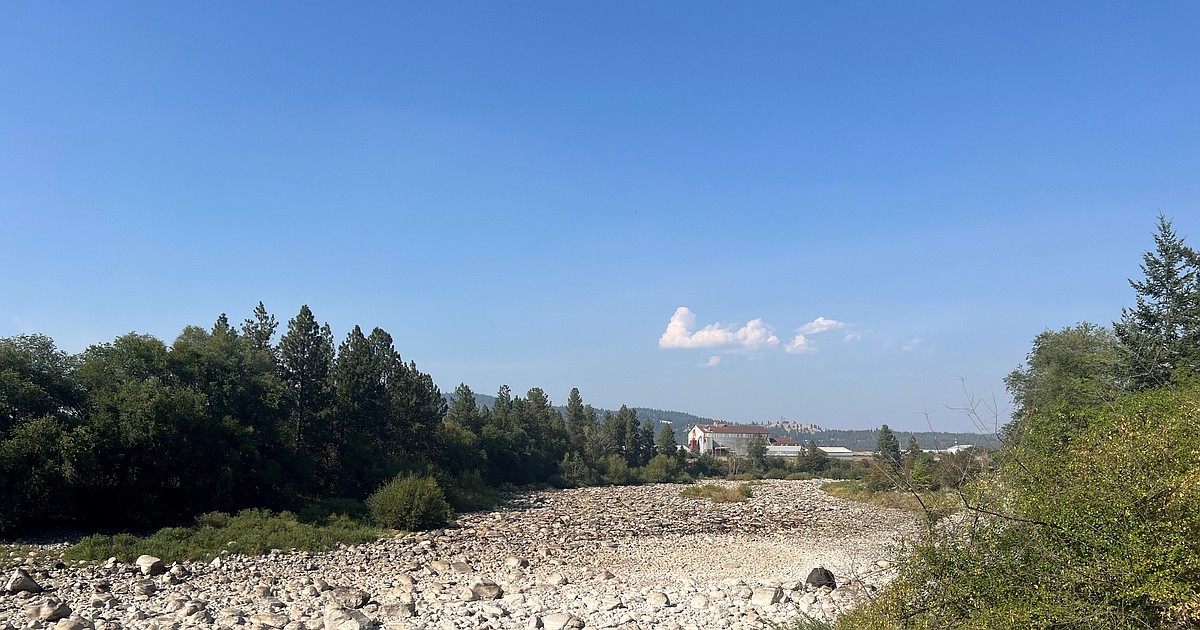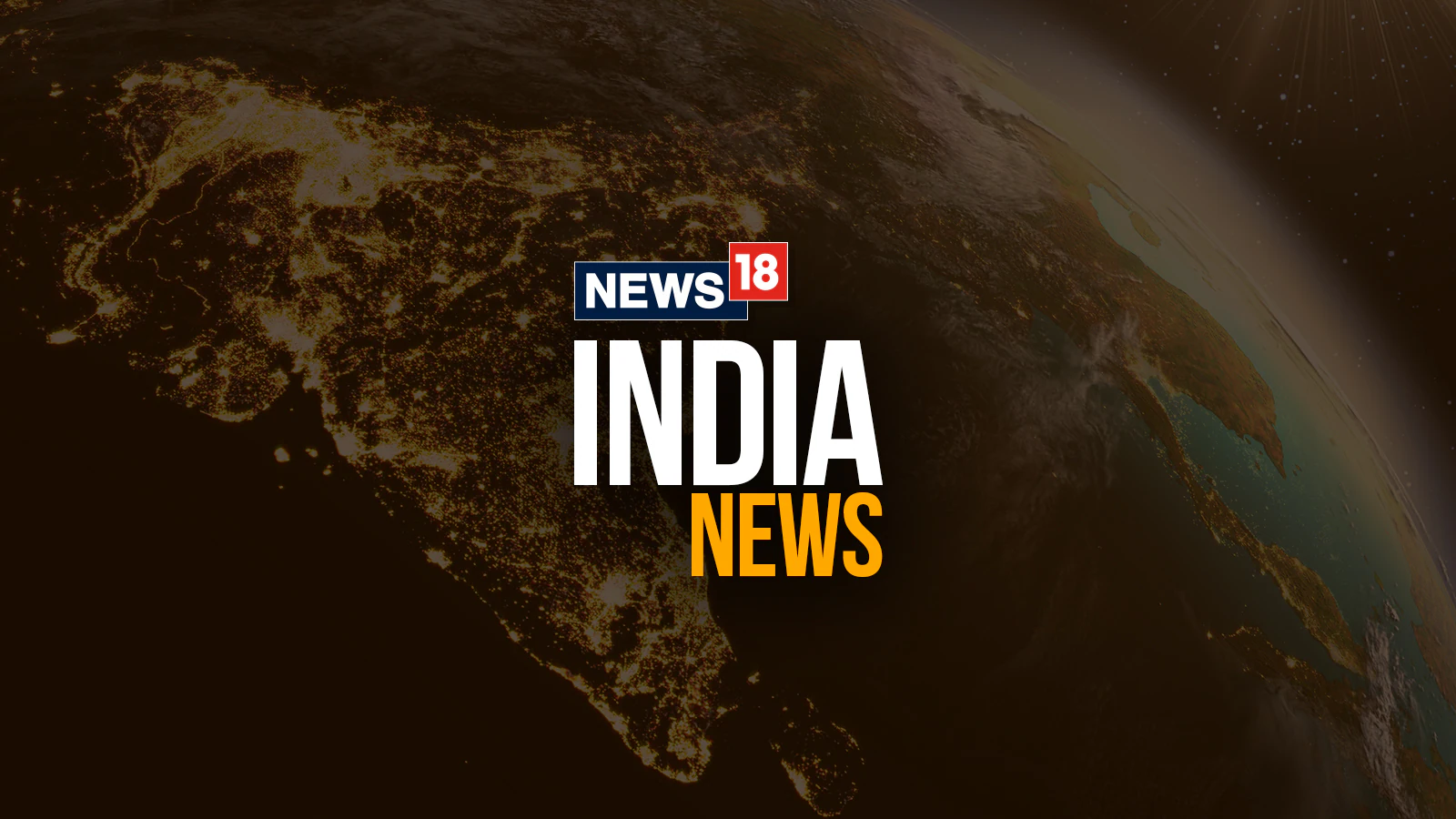
This summer, we saw stretches of the Spokane River run alarmingly low, and even completely dry. In some places, the thriving waterway we know and love completely disappeared. While it may feel sudden, there are clear reasons behind this — and a vision of how, together, we can keep water flowing in the future.
The Spokane River and the Spokane Valley — Rathdrum Prairie Aquifer are two parts of the same system, constantly exchanging water. When we pump water from the aquifer for homes, farms or businesses, it can reduce the amount of water feeding the river. In the heat of summer, when the river needs that connection most, this balance becomes fragile. Small changes in our pumping and the groundwater level can have big impacts on the river.
The Post Falls Dam also shapes the river’s flow and the story of the dry riverbed on the surface begins at the dam. It controls water levels in Lake Coeur d’Alene throughout the summer, balancing recreation, hydropower, and aquatic health. But in dry years, when mountain snowmelt is limited, there is only so much water to share between the lake, the river and the communities that depend on both. Consistent with the license requirements, in early August, flows at Post Falls Dam were reduced to just 500 cfs to maintain those recreational lake levels.
Climate change is reshaping this story in big ways. Winters are bringing less snow to the mountains and the snow that does fall melts earlier in the spring. Though the river naturally swells in spring and runs lower by mid-summer, these precipitation changes also change the flow patterns in the river. More precipitation is falling as rain instead of snow, which the system cannot store in the same way. Snow that falls as rain runs off immediately rather than supporting spring flows. Low flows are more frequent and more extreme, and leave the river especially vulnerable during the hottest, driest months of the year.
Imagining a healthier future for the Spokane River means rethinking our relationship with water. Instead of seeing it as a limitless supply, we need to treat water as a shared resource, flowing through the aquifer and the river. Efficiency is not just about cost savings but about leaving more water in the system. Our community should implement landscapes and practices that fit the rhythm of a drier, warmer climate. Most importantly, the river should be cared for not only as a resource, but as a living part of our community, deserving of balance and respect.
The Spokane River has always been more than just water. It is a place of gathering, of fish and wildlife, and of deep cultural significance. When it runs dry, we all feel the loss. But when it flows, it carries the best of what we share in this region. The future of the river depends on how we choose to see it: not as something separate from us, but as part of us. With that vision in mind, we can create a future where the river continues to run strong for generations to come.
• • •
Katelyn Scott is the Water Protector for Spokane Riverkeeper, where she leads the Clean Water Defense and River Flow Protection programs. Spokane Riverkeeper works to protect, preserve and restore the Spokane River.
The Our Gem Coeur d’Alene Lake Collaborative is a team of committed and passionate professionals working to preserve lake health and protect water quality by promoting community awareness of local water resources through education, outreach and stewardship. Our Gem includes local experts from the University of Idaho – Idaho Water Resources Research Institute, Coeur d’Alene Tribe, Idaho Department of Environmental Quality, the Basin Environmental Improvement Project Commission, Kootenai Environmental Alliance, Coeur d’Alene Regional Chamber of Commerce and Kootenai County.



